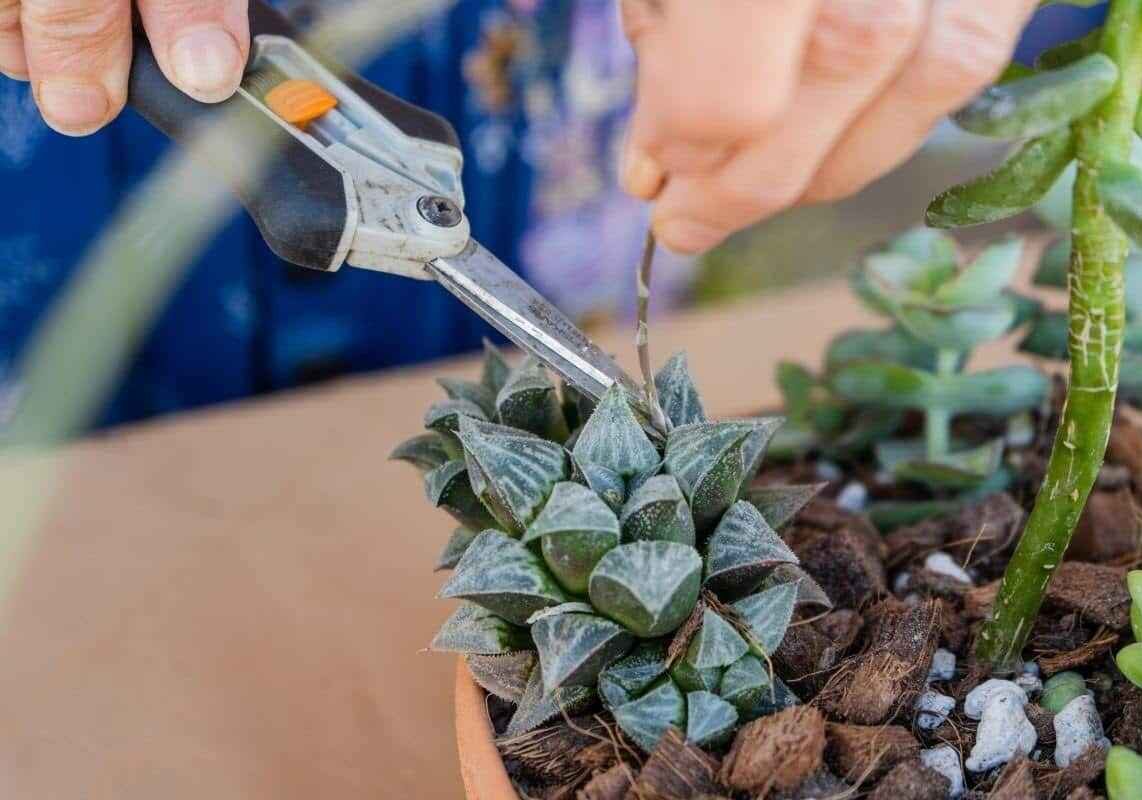Succulents are beloved for their low maintenance and unique beauty, but even these hardy plants require occasional care, including trimming. Trimming not only keeps succulents looking their best but also promotes healthy growth and prevents overcrowding. In this guide, you’ll learn the step-by-step process of trimming your succulent plants.
Why Trim Succulent Plants?
Succulents are like the superstars of the plant world—stunning, resilient, and easygoing. But even superstars need a little TLC now and then! Trimming your succulents might seem unnecessary, but it’s actually a game-changer. Here’s why:
1. Boosts Healthy Growth
Imagine trying to grow while carrying around a bunch of old, useless baggage—tough, right? That’s how succulents feel with dead or damaged leaves. Trimming clears the way for fresh, healthy growth.
2. Keeps Pests Away
Decaying leaves are like an open invitation for pests. By trimming them off, you create a clean, pest-free environment for your plant.
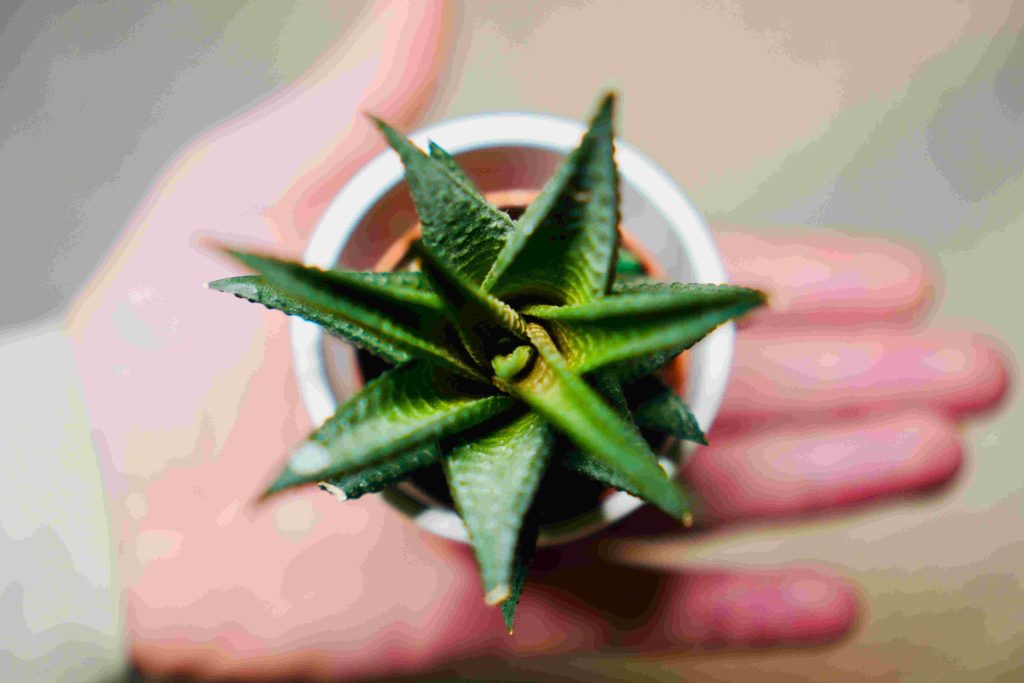
3. Keeps Them Picture-Perfect
Let’s be honest—we love succulents for how great they look. A quick trim keeps them looking sharp, neat, and Instagram-ready!
4. Helps You Grow More Plants
The best part? Those trimmings don’t have to go to waste. Many succulent cuttings can grow into brand-new plants with a little care. It’s like getting bonus plants for free!
So, whether you’re trimming for health, beauty, or to multiply your collection, it’s a simple task with amazing benefits. Once you start, you’ll wonder why you didn’t do it sooner!
When to Trim Succulent Plants
Timing is everything, even when it comes to trimming succulents! While these plants are tough and forgiving, choosing the right moment to prune can make all the difference. Here’s how to know when it’s time:
1. During Active Growth
Succulents are most active in spring and summer. This is when they’re ready to bounce back quickly from a trim. Think of it as giving them a refreshing haircut when they’re at their healthiest!
2. When They Look Unhealthy
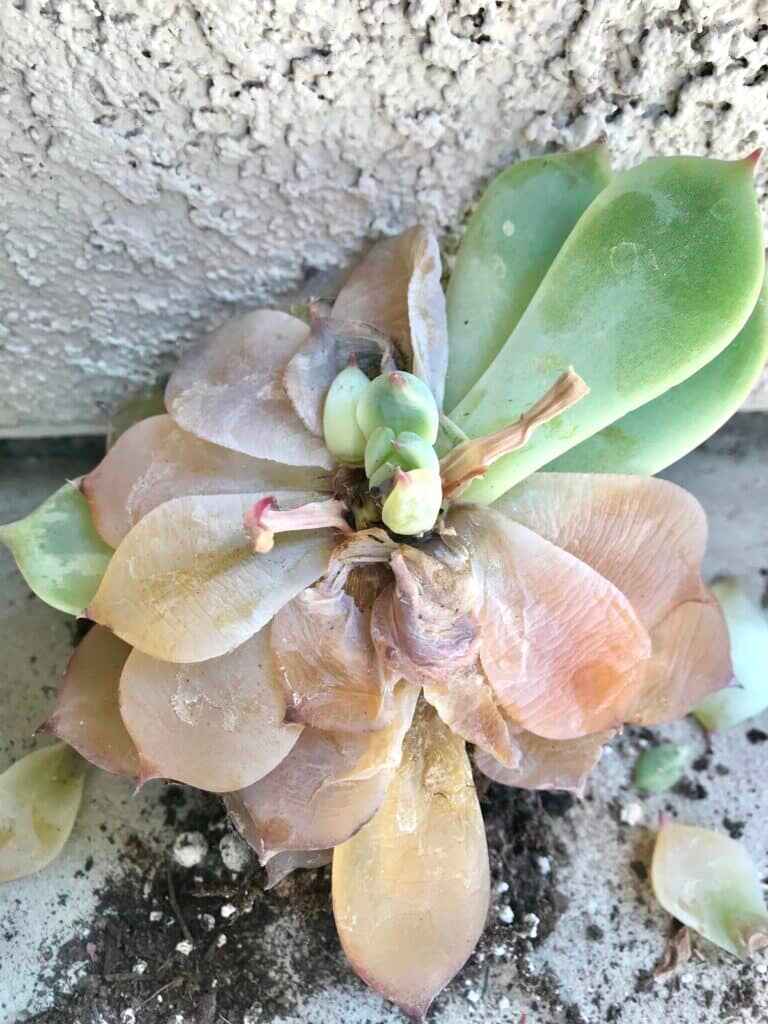
Noticed some yellowing leaves, brown spots, or mushy stems? That’s your cue! Damaged or decaying parts need to go so your plant can focus its energy on thriving.
3. For Aesthetic Reasons
Maybe your succulent is starting to look a little wild, or those long stems are throwing off its balance. A quick trim can tidy things up and restore its gorgeous shape.
4. When It’s Overcrowded
If your succulent is growing so much that it’s spilling out of its pot or competing for space, it’s time to step in. Trimming helps create breathing room and prevents stress.
Remember, succulents grow at their own pace, so don’t worry about trimming too often. Let the plant tell you when it’s ready! By keeping an eye on your succulent’s health and shape, you’ll always know when it’s time to grab the scissors.
Tools You’ll Need
Before you start trimming your succulents, it’s important to gather the right tools. Don’t worry, you don’t need fancy gadgets—just a few basics to get the job done smoothly.
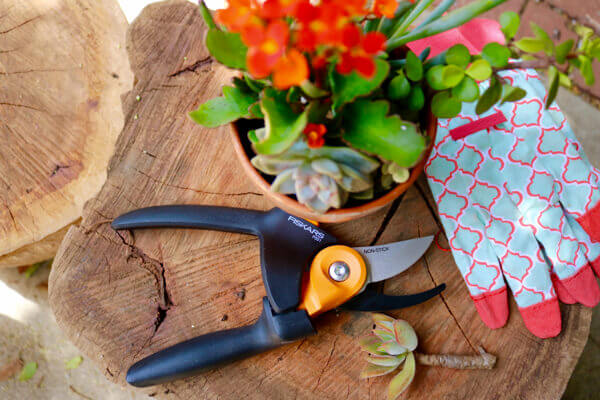
1. Clean Pruners or Scissors
A sharp pair of scissors or garden pruners is your best friend here. Make sure they’re clean and sterilized to avoid spreading germs or infections to your plant. Rubbing alcohol does the trick!
2. Gloves (Optional)
If you’re working with spiky succulents like cacti or agave, gloves can save your hands from scratches. For smooth-leaved succulents, they’re optional but still a good idea.
3. A Tray or Mat
Trimming can get a little messy, especially if leaves or stems fall off. A tray or mat helps catch the mess and keeps your workspace tidy.
4. A Small Brush or Blower
After trimming, you might see some leftover dirt or debris on the plant. A soft brush or a gentle air blower works wonders for cleaning things up.
By having these tools ready, you’ll make the trimming process quick and hassle-free. Plus, your succulents will thank you for the extra care and attention! So, grab your gear and let’s get trimming.
How to Trim Succulent Plants: Step-by-Step Guide
Ready to give your succulents a little makeover? Trimming might feel intimidating at first, but it’s actually quite simple. Follow these easy steps, and you’ll be a pro in no time!
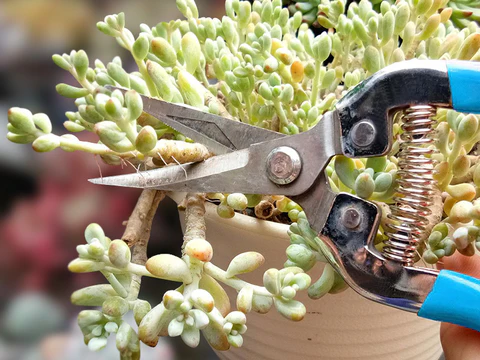
Step 1: Inspect Your Plant
Take a good look at your succulent. Are there any dead leaves, mushy stems, or overcrowded areas? Decide what needs trimming. Don’t worry—succulents are resilient, so they can handle a little snip here and there.
Step 2: Prepare Your Tools
Before you start, make sure your scissors or pruners are clean and sharp. A quick wipe with rubbing alcohol will sterilize them and keep your plant safe from infections.
Step 3: Start with Dead or Damaged Leaves
Gently remove dead, yellowing, or shriveled leaves by plucking them off with your fingers. For leaves that are stubborn or close to the stem, use your scissors to make a clean cut at the base.
Step 4: Trim Overgrown Stems
If your succulent has long, leggy stems, cut them back to a healthy length. Make your cut just above a leaf node (the spot where leaves grow from the stem). This encourages the plant to grow new, fuller stems.
Step 5: Shape Your Succulent
Want your plant to look neat and balanced? Trim excess growth to create a pleasing shape. Just remember not to overdo it—your succulent still needs enough leaves to stay healthy.
Step 6: Clean Up the Base
Remove any fallen leaves or trimmings from the soil around your plant. This prevents pests and keeps the area tidy.
Step 7: Save the Trimmings
Don’t throw away those cuttings! Let them dry for a few days until the ends heal over (this is called callusing). Then, plant them in fresh soil to grow new succulents. It’s like getting free plants!
By following these steps, you’ll keep your succulents healthy, happy, and absolutely stunning. Plus, the whole process is quick, easy, and even fun. Ready to give it a try? Your plants (and future cuttings) will love you for it!
Aftercare Tips
Congratulations! You’ve successfully trimmed your succulents. But wait—your job isn’t done just yet. Proper aftercare is the secret to helping your plant recover and thrive after its makeover. Here’s how to do it:
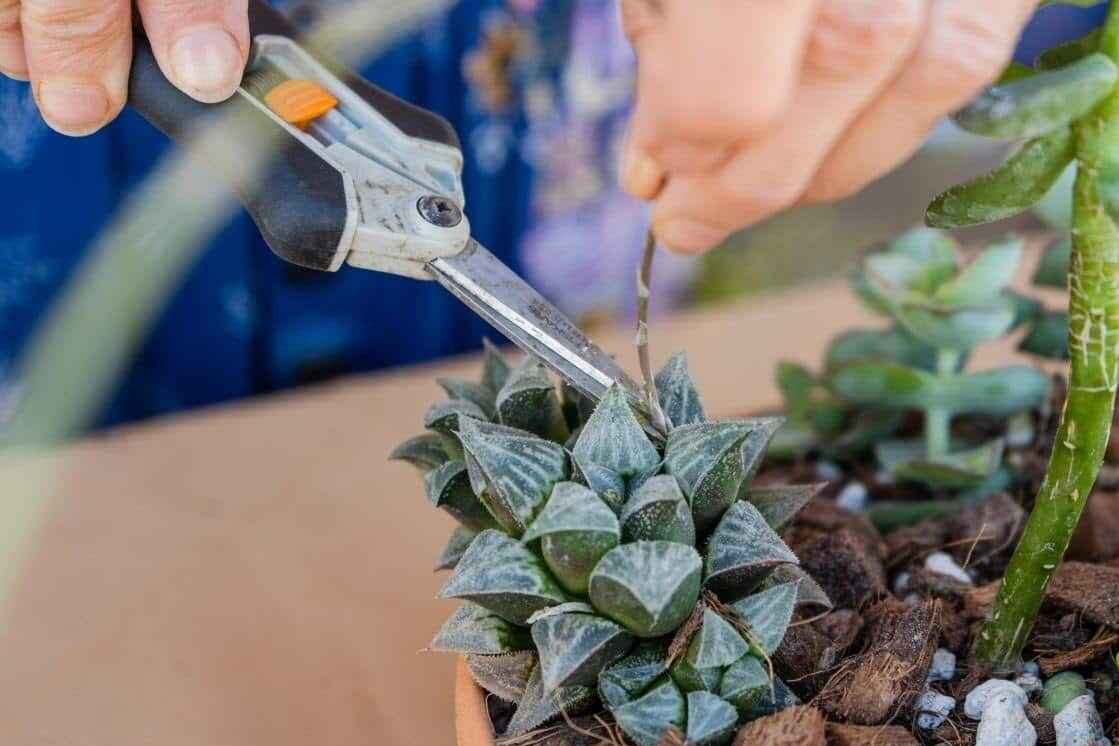
1. Don’t Water Right Away
Hold off on watering for a few days after trimming. Succulents need time to heal their cut surfaces, and adding water too soon can lead to rot. Be patient—your plant will thank you!
2. Keep It in Bright, Indirect Light
After trimming, place your succulent in a spot with plenty of indirect sunlight. Avoid direct sun for a few days, as the plant might be a little stressed and sensitive.
3. Watch for Signs of Stress
Keep an eye on your succulent over the next week. If you notice drooping, discoloration, or wilting, it might be adjusting to the trim. Don’t panic—just ensure it’s in the right environment and getting proper care.
4. Clean Up the Soil
Check the base of your plant for any leftover debris or fallen leaves. A clean environment helps your succulent stay healthy and reduces the risk of pests or mold.
5. Care for Your New Cuttings
If you saved your trimmings, let them dry and callous over for a few days. Then, plant them in well-draining soil and water sparingly. Soon, you’ll have new baby succulents growing!
With just a little extra care, your succulent will bounce back stronger and more beautiful than ever. Trimming is a fresh start for your plant, and these aftercare tips ensure it thrives in its new look. Great job—you’re officially a succulent pro!
Common Mistakes to Avoid
Even the most seasoned plant parents make mistakes sometimes. But don’t worry! Learning what not to do can save you from common trimming troubles. Here are a few things to watch out for:
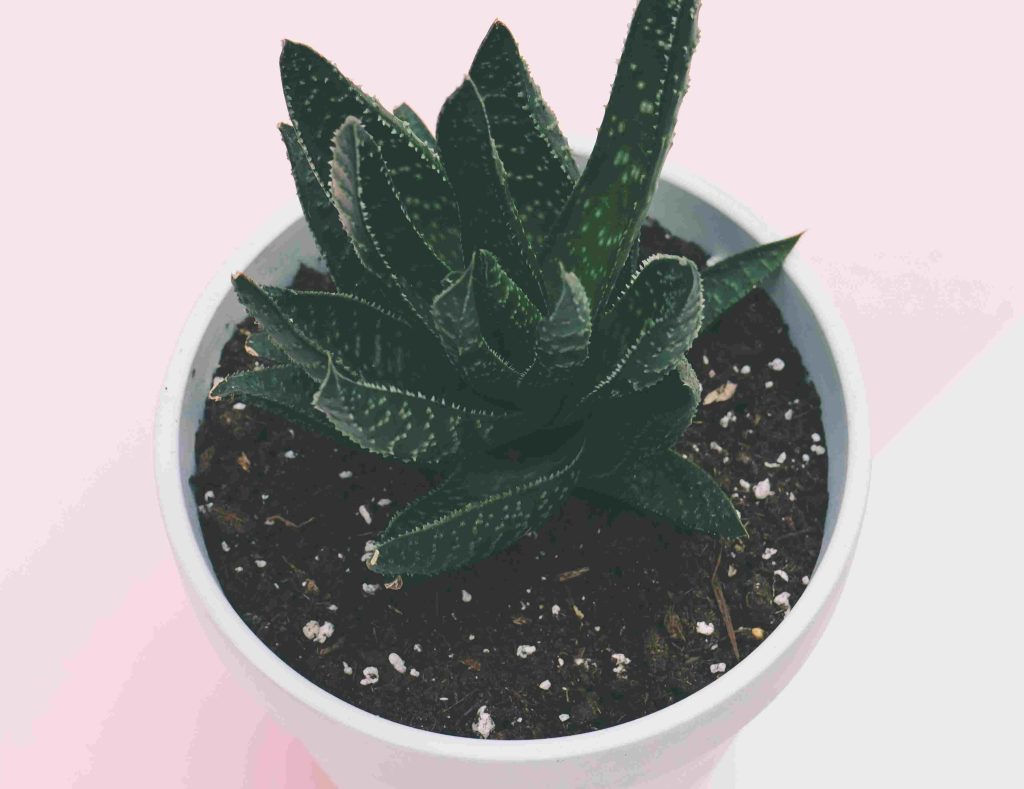
1. Over-Trimming
It’s tempting to keep snipping, but taking off too much at once can stress your succulent. Always leave enough healthy leaves for the plant to continue photosynthesis. When in doubt, trim less!
2. Using Dirty Tools
Dirty scissors or pruners can introduce bacteria and cause infections. Always sterilize your tools before you start trimming. A quick wipe with rubbing alcohol works perfectly.
3. Trimming During Dormancy
Most succulents rest during fall and winter. Trimming them at this time can slow their recovery. It’s best to wait until spring or summer when they’re actively growing and can bounce back faster.
4. Forgetting to Let Cuttings Heal
If you’re planning to propagate cuttings, don’t rush to plant them right away. Fresh cuttings need a few days to dry and callous over. Skipping this step can lead to rot instead of new growth.
5. Ignoring Aftercare
Trimming isn’t the end of the process. Forgetting aftercare, like avoiding overwatering and providing the right light, can undo all your hard work. Take care of your plant post-trim!
Mistakes happen, but with these tips, you’ll avoid the most common pitfalls. Trimming succulents doesn’t have to be stressful—it’s a fun, rewarding process that gets easier every time. So relax, enjoy, and watch your trimmed succulents flourish!
Mistakes happen, but with these tips, you’ll avoid the most common pitfalls. Trimming succulents doesn’t have to be stressful—it’s a fun, rewarding process that gets easier every time. So relax, enjoy, and watch your trimmed succulents flourish!

